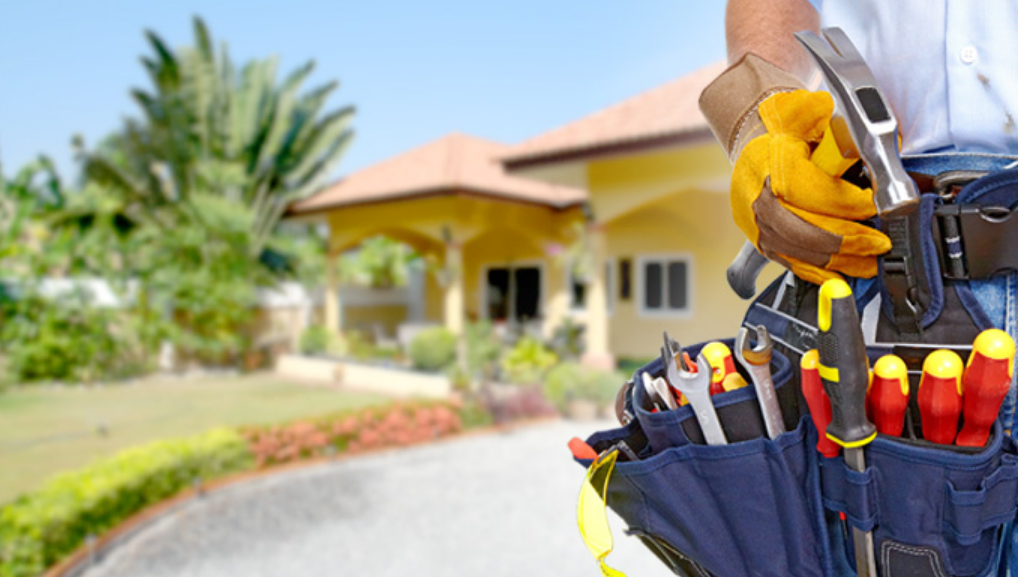Polyurethane concrete lifting, also known as foam jacking or polyjacking, is a modern alternative to mudjacking for leveling uneven or sunken concrete surfaces. Instead of a slurry, polyurethane foam is injected beneath the concrete to lift and stabilize it.
What is Polyurethane?
Polyurethane is a versatile, durable polymer made by combining polyols and diisocyanates. It is widely used in various industries due to its flexibility, strength, and lightweight nature. In concrete lifting, polyurethane is used in the form of an expanding foam. The foam is injected beneath a concrete slab, where it expands and hardens, filling voids, stabilizing the foundation, and lifting the concrete back to its original position.
Average Cost of Polyurethane Concrete Lifting
The cost of polyurethane concrete lifting typically ranges between $5 to $25 per square foot, depending on various factors. Here’s a breakdown:
- Average residential projects: $900 to $2,500
- Small areas (e.g., a single sidewalk slab): $300 to $800
- Larger areas (e.g., driveways or patios): $2,000 to $5,000 or more
Factors That Influence Polyurethane Concrete Lifting Costs
- Size of the Area
Larger surfaces require more polyurethane foam, increasing the overall cost. For example, leveling a driveway will be more expensive than a single patio slab. - Severity of the Damage
Deep voids or severely sunken concrete require more foam to fill the gaps, which increases the price. - Material Costs
Polyurethane foam is a more advanced and durable material than the slurry used in mudjacking, and its higher quality contributes to higher costs. - Labor Rates
The cost of labor varies by region. Areas with a higher cost of living may have higher service rates. - Accessibility
Hard-to-reach areas or projects requiring specialized equipment may result in higher fees. - Location
Geographic location impacts material availability and labor rates, influencing the total cost.
Benefits of Polyurethane Concrete Lifting
- Durability: Polyurethane foam is resistant to moisture, erosion, and settling, providing long-lasting results.
- Lightweight Material: It doesn’t add excessive weight to the soil, reducing the risk of further sinking.
- Quick Cure Time: The foam sets within 15 minutes, allowing the concrete to be used immediately.
- Precision: Polyurethane expands and fills voids accurately, ensuring even lifting.
Polyurethane Lifting vs. Mudjacking: Cost Comparison
- Polyurethane lifting: $5 to $25 per square foot
- Mudjacking: $3 to $7 per square foot
While polyurethane lifting is more expensive upfront, it offers superior durability and precision, often making it a better long-term investment.
Is Polyurethane Concrete Lifting Worth the Cost?
Yes, for many homeowners and businesses, polyurethane lifting is worth the cost due to its efficiency, durability, and ability to prevent future settling. It’s particularly beneficial for projects where longevity and minimal disruption are priorities.
Finding the Right Contractor
To ensure you get the best value, look for contractors who:
- Provide detailed cost estimates
- Use high-quality polyurethane foam
- Offer warranties for their work
- Have positive reviews and testimonials
By working with a skilled professional, you can achieve long-lasting results and restore your concrete surfaces effectively.
Why Use Polyurethane for Concrete Lifting?
Polyurethane concrete lifting, also known as foam jacking or polyjacking, offers several advantages over traditional methods like mudjacking. Here’s why it’s an excellent choice:
1. Lightweight Material
- Why it matters: Traditional mudjacking uses a heavy cement-based slurry, which can add weight and cause further settling over time.
- Benefit of polyurethane: Polyurethane foam is lightweight, so it won’t strain the underlying soil, reducing the risk of future sinking.
2. Quick Cure Time
- Why it matters: Waiting for the material to set can disrupt daily activities.
- Benefit of polyurethane: Polyurethane foam sets in 15 minutes or less, meaning the concrete can be used almost immediately after the procedure.
3. Precision Lifting
- Why it matters: Uneven lifting can cause additional issues.
- Benefit of polyurethane: The foam expands uniformly, filling voids accurately and lifting the concrete evenly, ensuring a precise finish.
4. Long-Lasting Durability
- Why it matters: Durability impacts how often repairs are needed.
- Benefit of polyurethane: The foam is resistant to water, erosion, and extreme temperatures, providing a long-lasting solution.
5. Minimal Disruption
- Why it matters: Noisy, messy repairs can be inconvenient.
- Benefit of polyurethane: The process is cleaner and quieter compared to other methods, requiring only small injection holes (usually ⅝ inch).
6. Environmentally Friendly
- Why it matters: Eco-friendly solutions are increasingly important.
- Benefit of polyurethane: Modern polyurethane materials are eco-friendly and designed to minimize environmental impact.
7. Versatility
- Why it matters: Different surfaces may have unique challenges.
- Benefit of polyurethane: It can be used on a variety of concrete surfaces, including:
- Driveways
- Sidewalks
- Patios
- Pool decks
- Garage floors
8. Cost-Effectiveness Over Time
- Why it matters: Cheaper solutions may require frequent repairs, increasing overall costs.
- Benefit of polyurethane: While it may have a higher upfront cost compared to mudjacking, its durability and efficiency reduce long-term expenses.
When Should You Use Polyurethane Concrete Lifting?
- Uneven surfaces: When slabs have settled unevenly, creating tripping hazards.
- Void filling: To stabilize concrete over voids caused by soil erosion.
- Preventing further sinking: For areas prone to soil instability or drainage issues.
- Water-resistant lifting: In cases where moisture exposure is a concern, as polyurethane resists water infiltration.
Polyurethane concrete lifting is a modern, efficient, and durable solution for restoring uneven or sunken concrete surfaces, making it a superior alternative to traditional methods like mudjacking.




